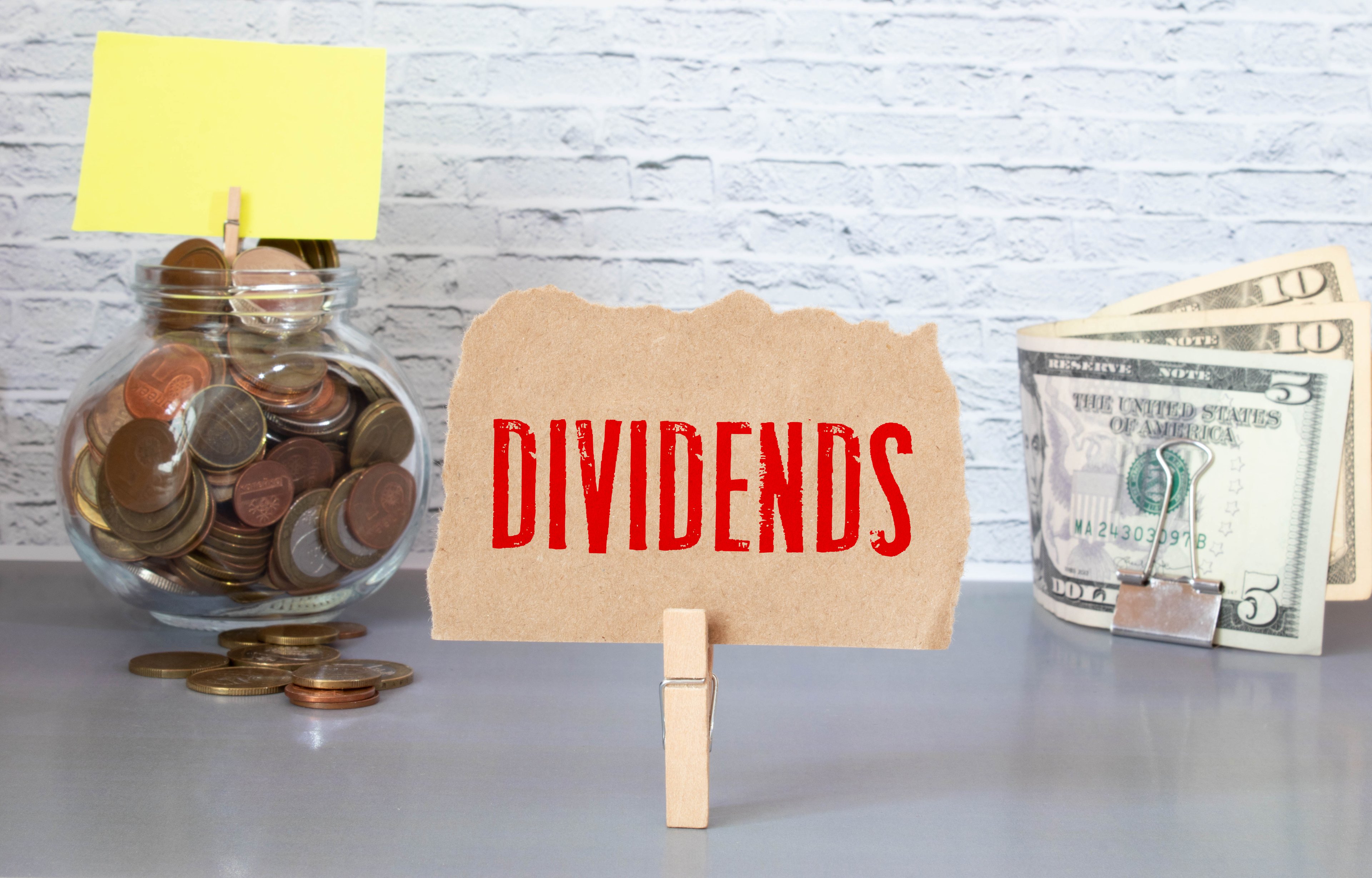Building a steady stream of dividend income can go a long way in supporting a good standard of living in retirement. Not only can you live off your annual dividends, but you could also avoid selling your stocks indefinitely.
Over time, you can expect your dividends to increase (typically faster than inflation), giving you plenty of cash to cover your annual expenses. When combined with inflation-protected Social Security income, an extra $1,000 per month in dividend income could go a long way.
Fortunately, building a dividend portfolio capable of paying as much as $14,000 in annual income doesn't require an extended deep dive into multiple company's financials. You can buy a simple exchange-traded fund (ETF) that will take care of the hard work for you while providing the protection of diversification. And you can build a substantial dividend income stream with an investment of just $100 per month.

Image source: Getty Images.
The best dividend ETF you can buy
Not all dividend-focused ETFs are created equal. Some prioritize dividend growth while others focus on dividend yield. Investors looking to build a portfolio that will pay them a handsome income years from now will want high-yield stocks that also show strong potential to keep growing their payouts every year.
The fund that arguably provides the greatest mix of high-quality and high-yield dividend payers is the Schwab U.S. Dividend Equity ETF (SCHD +0.38%).
The fund tracks the Dow Jones U.S. Dividend 100 index, which selects 100 stocks issued by U.S. companies with strong track records of paying consistent dividends. It also screens those stocks for strong fundamentals, ensuring they'll be able to keep paying and raising those dividends over time.

NYSEMKT: SCHD
Key Data Points
That makes the Schwab ETF more attractive than some competing ETFs, like the Vanguard High Dividend Yield ETF (VYM 0.26%). The Vanguard ETF tracks an index with a single selection criterion: The stock pays a higher-than-average dividend yield. It then weights those stocks by market capitalization.
There's no fundamental screening to determine a company's track record of payments or the likelihood it can sustain that dividend. The result is lower overall performance over time as the quality of the stocks in the Schwab ETF shine through.
The quality of the stocks in the Schwab U.S. Dividend Equity ETF also comes through when comparing it to the Vanguard Dividend Appreciation ETF (VIG 0.60%). It tracks an index of stocks that have raised their dividend every year for the past 10 years but excludes the top 25% of highest-yielding eligible companies. That pushes down the yield of the ETF, but it doesn't appear to provide significant upside.
Since the Schwab ETF's inception in 2011, it has produced a slightly higher total return than the Vanguard Dividend Appreciation ETF. What's more, it has shown better downside protection.
Data by YCharts,
How $100 per month can turn into $14,000 per year in dividend income
Consistently adding $100 per month to an investment in the Schwab U.S. Dividend Equity ETF will eventually result in a nice-sized portfolio. One of the keys, however, is constantly reinvesting the dividends the ETF pays out every quarter. Doing so will result in you accumulating more and more shares every quarter alongside your monthly investments. You can eventually stop reinvesting dividends when you're ready to use them for your retirement spending.
The ETF has produced a compound annual total return of 13.3% since its inception in 2011. But the last 15 years or so have produced especially strong returns for investors. Returns likely won't continue to be as strong. Throughout history, the S&P 500 index has produced a compound annual return of about 10%. Conservatively speaking, investors could expect 8.5% total annual returns for a large-cap value stock ETF like the Schwab fund.
Even with conservative return estimates, the results of investing $100 per month add up over time. While its trailing-12-month yield is about 3.5%, investors should look forward to dividend raises among its stock holdings producing a forward yield closer to 3.8%. Using those assumptions produces the following hypothetical investment results over time.
| At the end of year | Portfolio Value | Annual Dividends |
|---|---|---|
| 1 | $1,247 | $47 |
| 5 | $7,385 | $281 |
| 10 | $18,488 | $703 |
| 15 | $35,183 | $1,337 |
| 20 | $60,286 | $2,291 |
| 25 | $98,033 | $3,725 |
| 30 | $154,791 | $5,882 |
| 35 | $240,136 | $9,125 |
| 40 | $368,465 | $14,002 |
Calculations by author.
There are a few important points worth noting. As most investors can attest to, the stock market doesn't produce steady returns month in and month out. The consistent inconsistency in market returns means your results won't look exactly like those above. You might do a bit better, or you might do a bit worse. The longer your time horizon, the more likely things are to even out in the end.
Second, the above calculations don't take into account an important factor: inflation. That $14,000 in annual dividend income 40 years from now won't be worth nearly as much as it is today. Be sure to take that into account when deciding how much you should invest for your future.
Lastly, the stock market could fundamentally change over time to favor stocks with lower or higher dividend yields. A change in average dividend yields could affect the overall yield of the Schwab ETF, which would result in higher or lower dividend income when you're ready to start collecting payments instead of reinvesting them. As such, you might need to supplement your dividend income with stock sales.
Importantly, those challenges are not unique to investing in this ETF or any security. It is key to remain consistent with your plan but be flexible enough to change it when you realize you're not quite on track to meet your goals. Starting with a steady investment in the Schwab U.S. Dividend Equity ETF is a great way to build a nice stream of dividend income for retirement.






